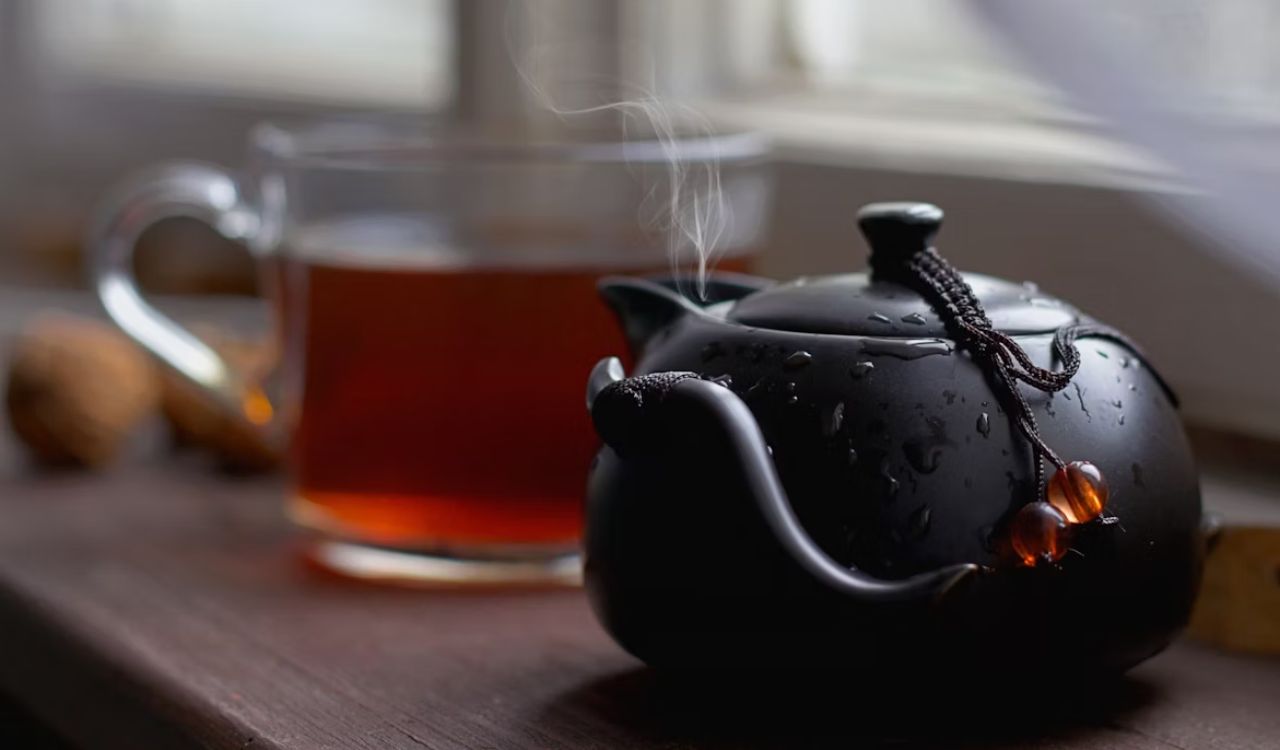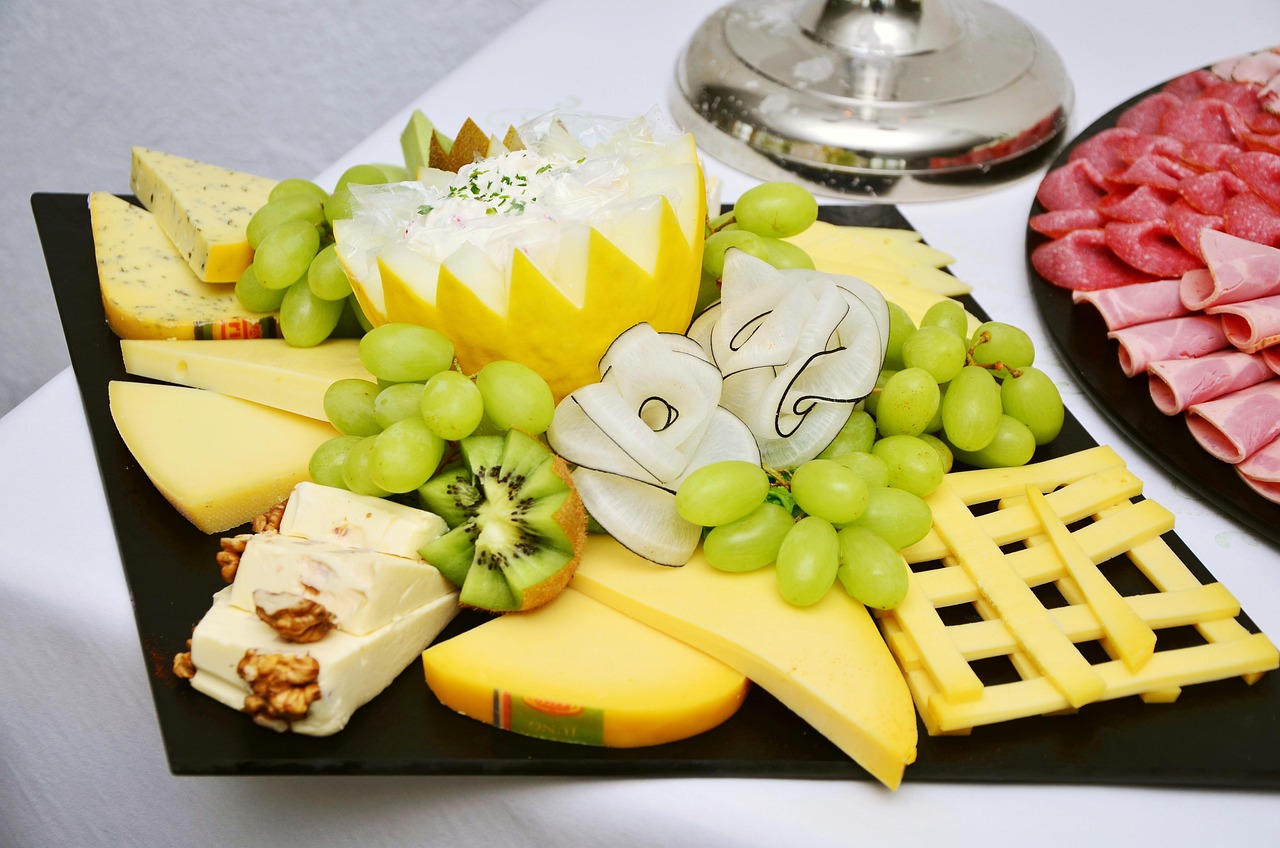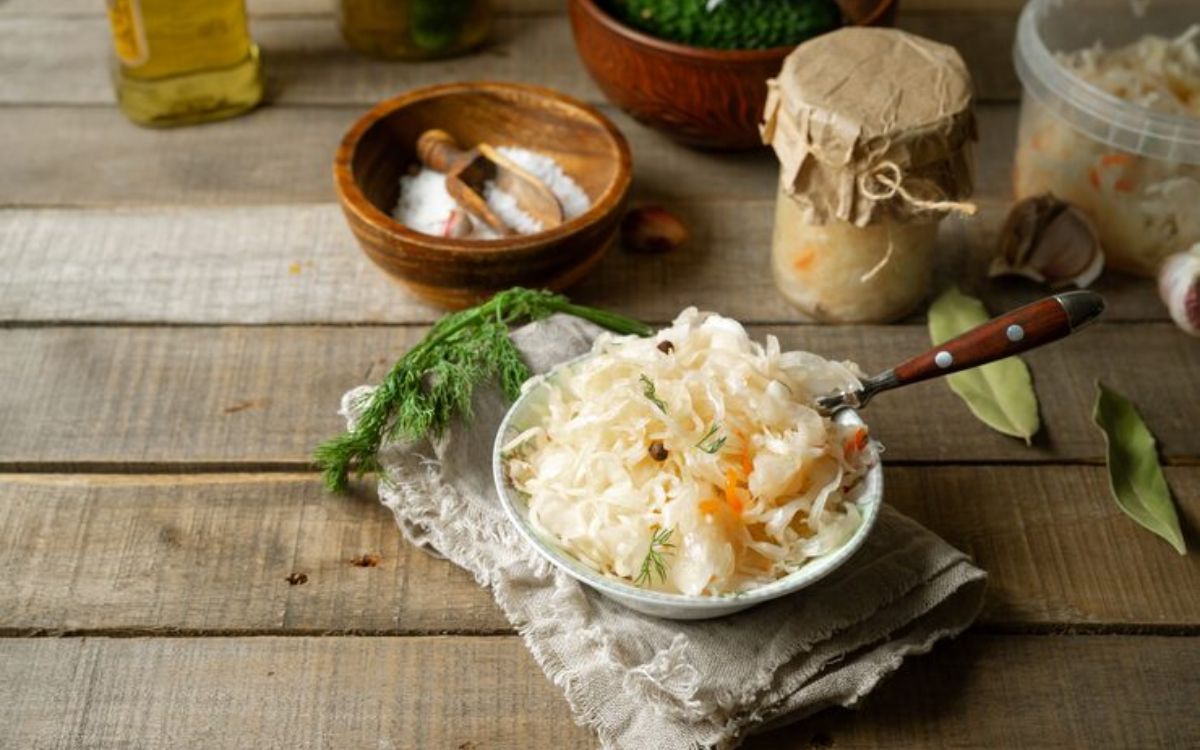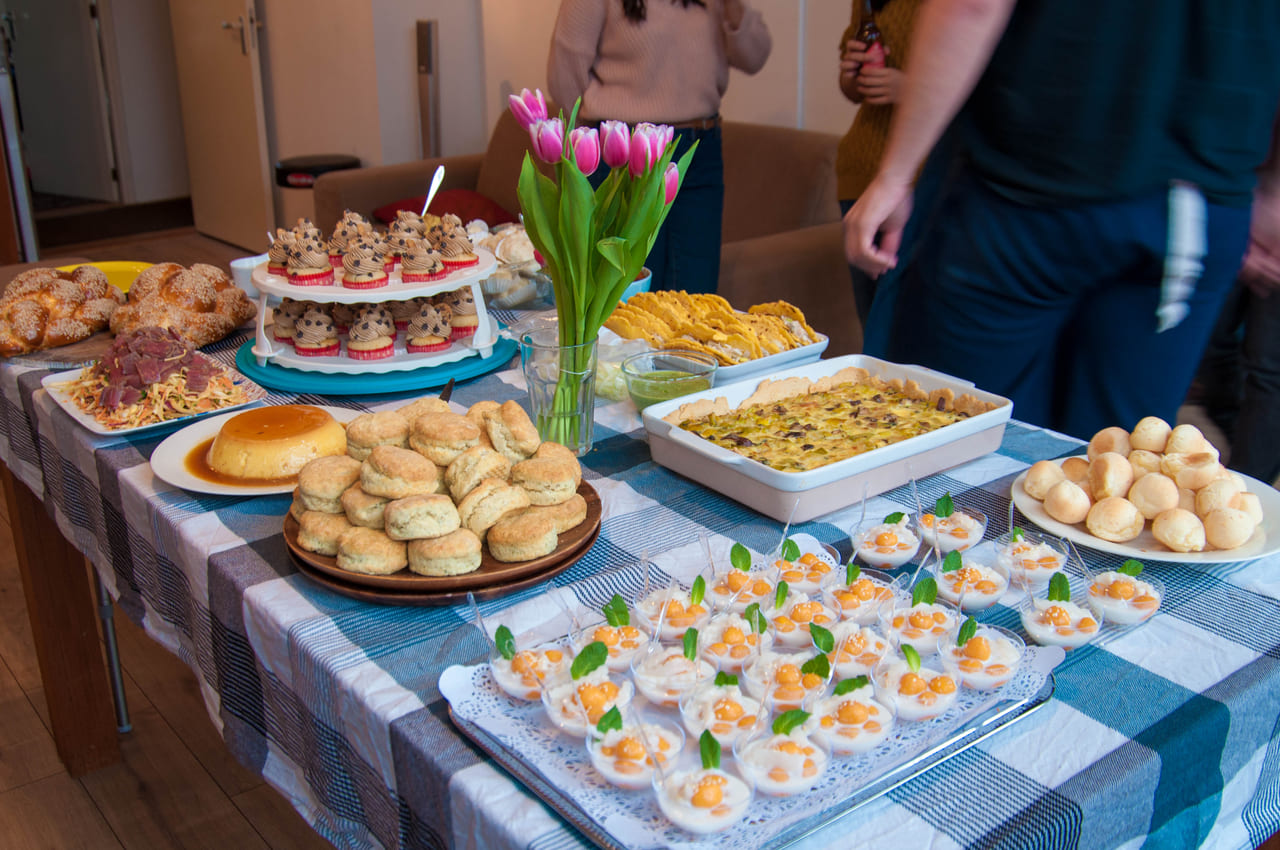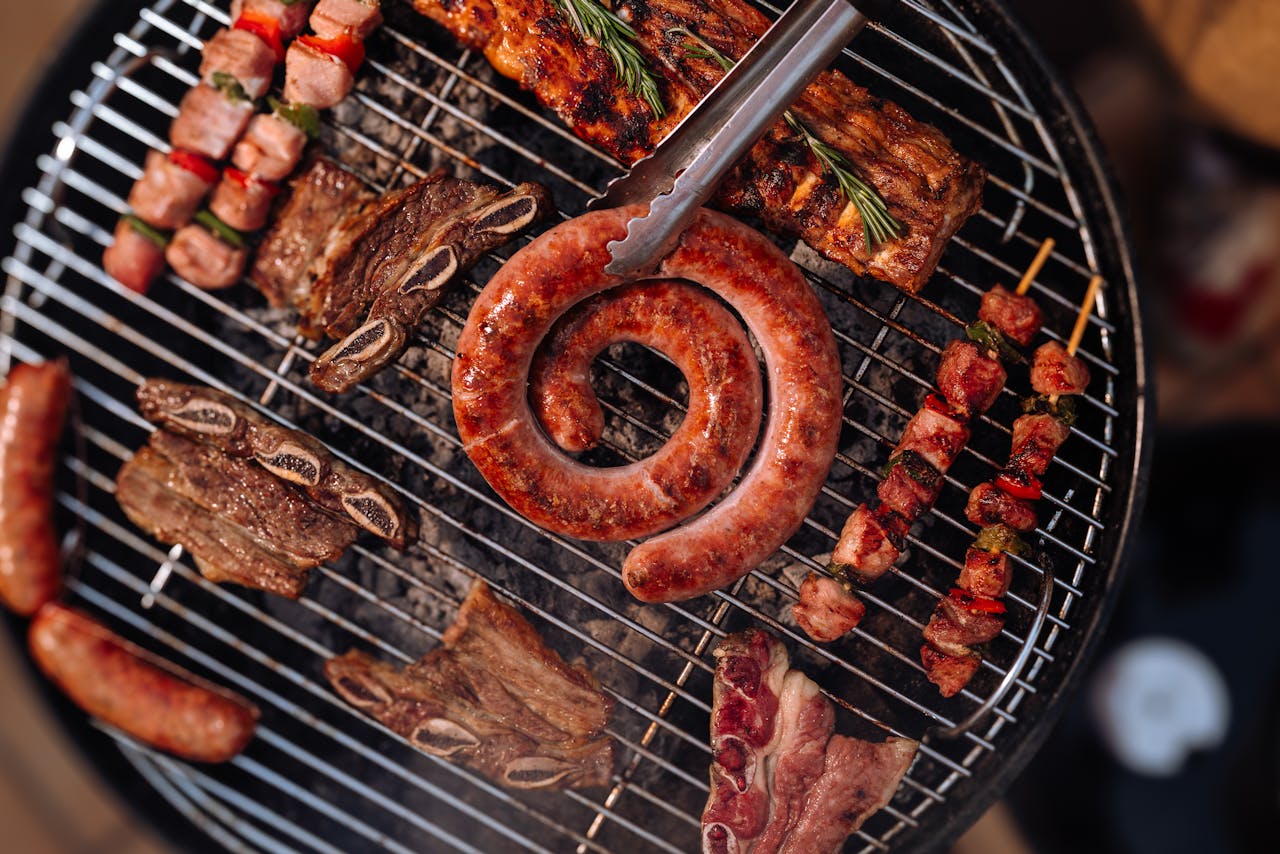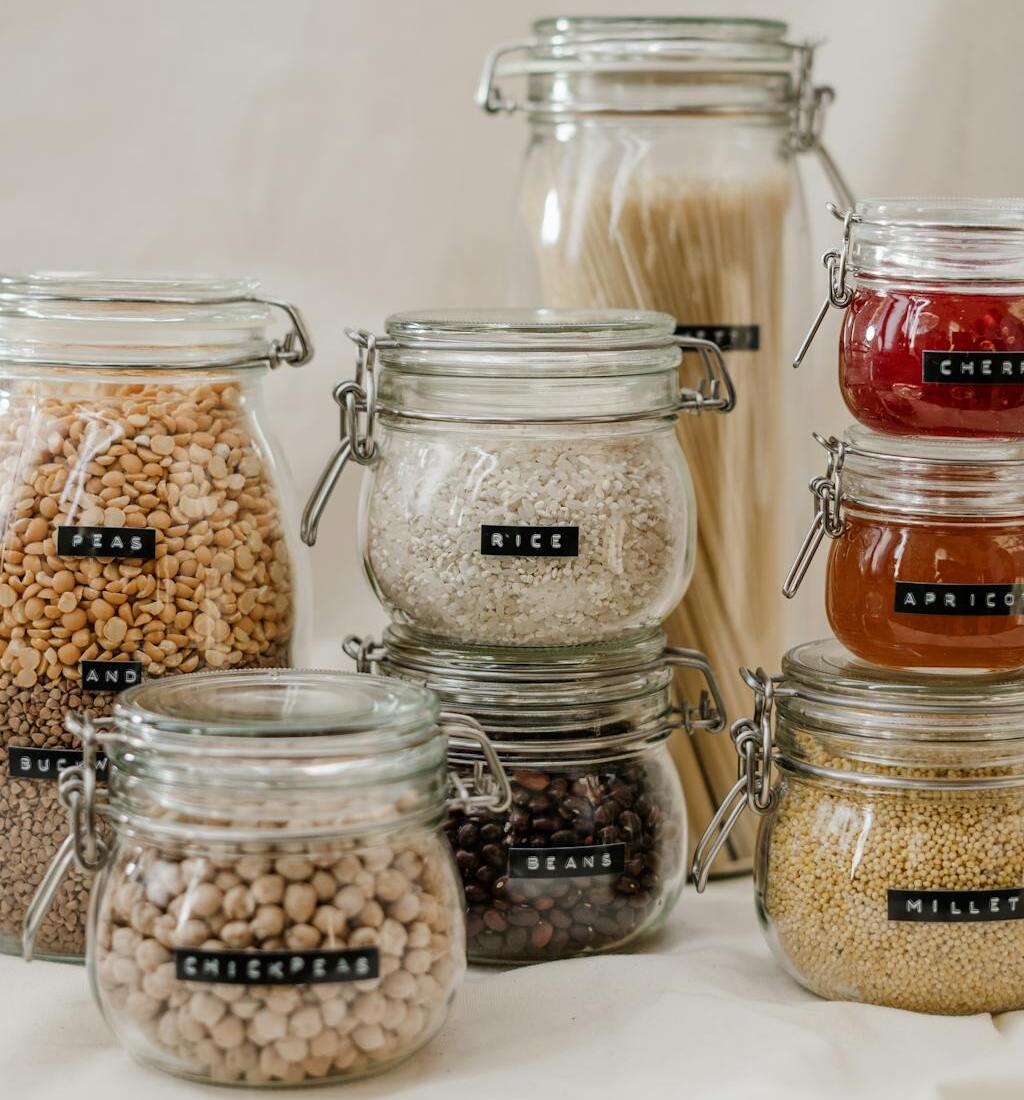10 Indian Desserts to Delight Guests at Home
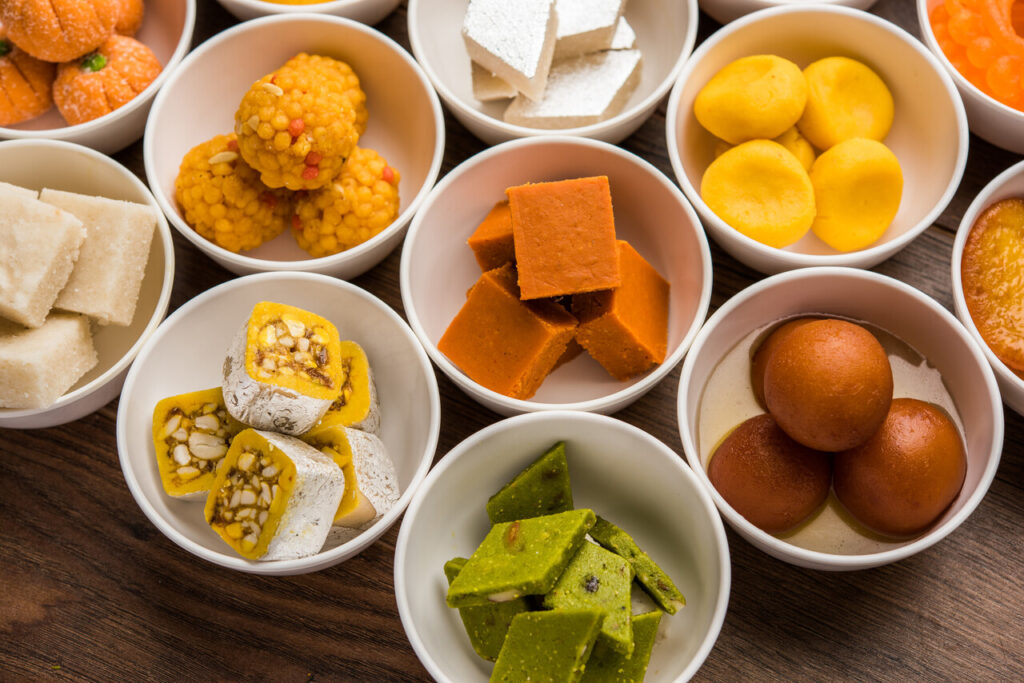
There’s something about ending a meal with an Indian dessert that feels like a celebration. Whether it’s the creamy richness of kheer or the syrupy bite of gulab jamun, these sweets carry generations of tradition in every spoonful. They’re not just treats-they’re memories shared, festivals revisited, and hospitality expressed. If you’re planning to impress your guests or simply want to bring comfort to your table, these ten Indian desserts are worth making at home. Each one tells its own story of flavor, craft, and warmth.
1. Gulab Jamun
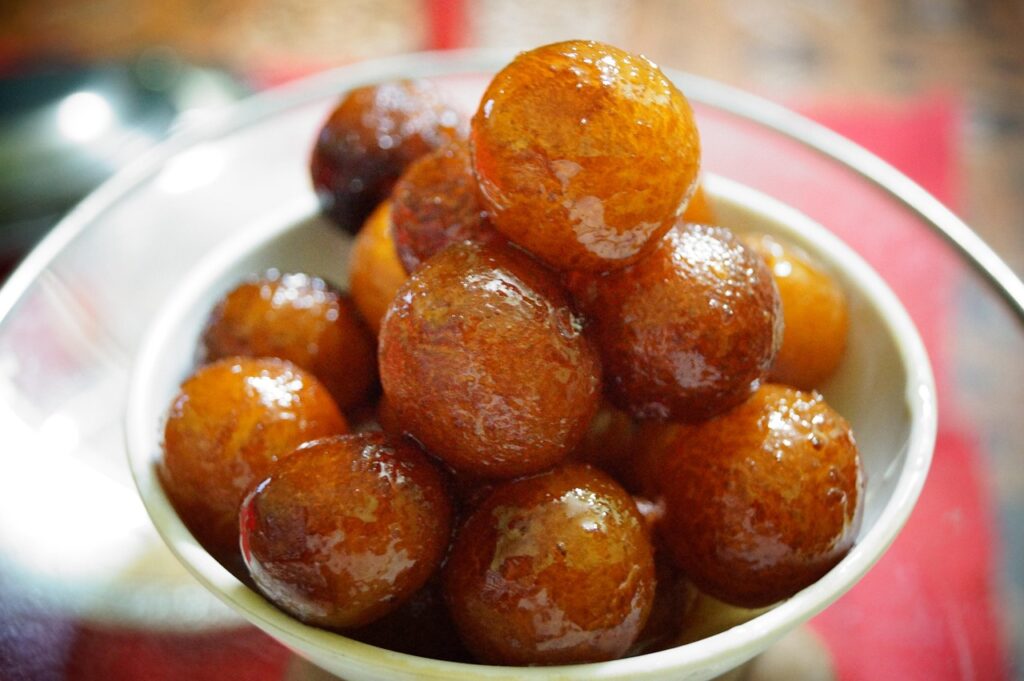
Soft, deep-fried dumplings soaked in fragrant sugar syrup, gulab jamun is a classic that never fails to charm. You’ll often find it at weddings, birthdays, and every major celebration because it embodies generosity and indulgence. The key lies in getting the dough just right, made from khoya or milk powder for a melt-in-your-mouth texture. When soaked in syrup infused with cardamom and rose water, every bite becomes rich and aromatic. Serve them warm to your guests, and you’ll instantly create that festival-like feeling at home.
2. Rasgulla
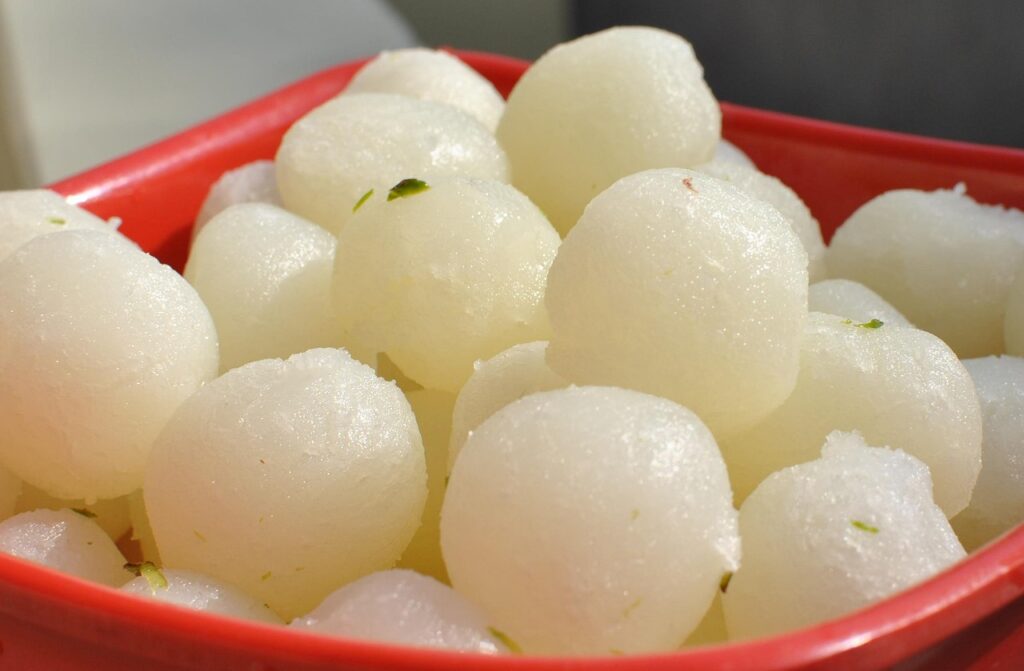
Originating from the eastern part of India, rasgulla is a soft, spongy dessert made from chenna (Indian cottage cheese) boiled in sugar syrup. Its light sweetness and airy texture make it perfect after a heavy meal. The secret is to knead the chenna until smooth, ensuring the balls stay soft and hold their shape while cooking. Serve chilled for a refreshing finish that balances sweetness with subtle creaminess. Rasgulla’s delicate flavor always brings a sense of calm and satisfaction to the table.
3. Kheer
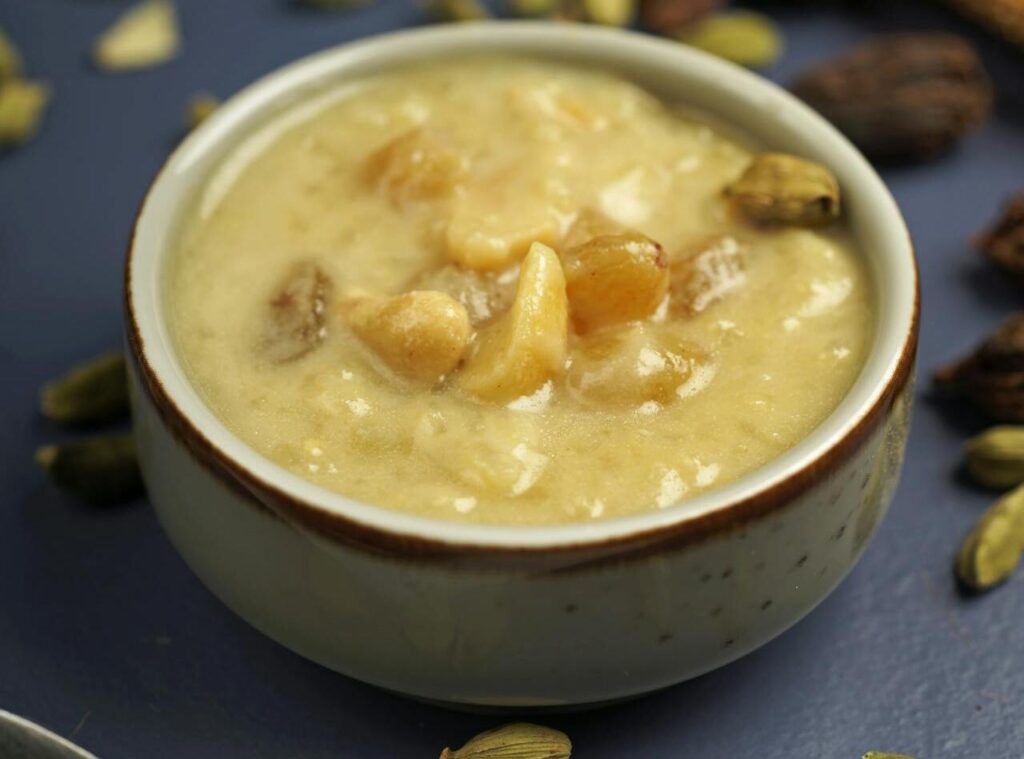
Kheer, or rice pudding, is one of the most comforting Indian desserts. It’s made by slowly simmering rice, milk, and sugar until it thickens into a creamy, luscious consistency. The addition of cardamom, saffron, and roasted nuts elevates it into something special. You can serve it warm or chilled, depending on the season. Kheer works beautifully for gatherings because it’s simple to make in large batches, yet elegant enough to leave an impression. It’s a dessert that connects every generation through its humble sweetness.
4. Jalebi
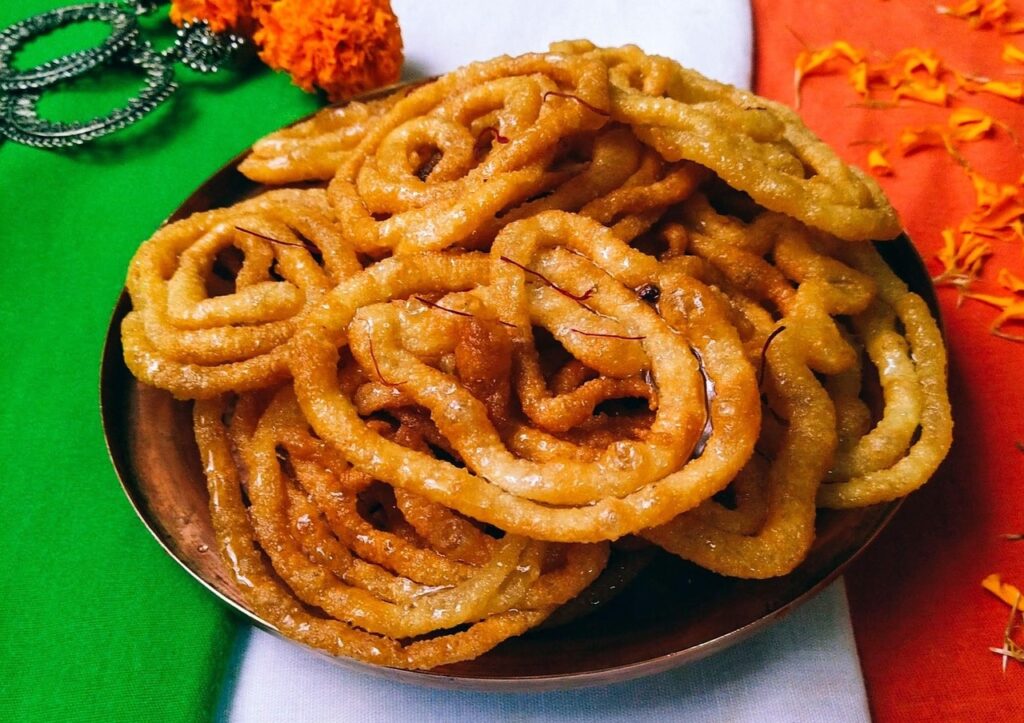
Few things grab attention like a tray of fresh jalebis, their golden spirals glistening with syrup. The batter made from fermented flour and yogurt is piped into hot oil and fried until crisp, then immediately dipped in sugar syrup for that signature crunch-meets-syrup effect. The result is a playful mix of textures: crispy outside, syrupy inside. Jalebi is often enjoyed with rabri or a cup of chai. It’s festive, nostalgic, and guaranteed to bring smiles the moment you serve it.
5. Rasmalai
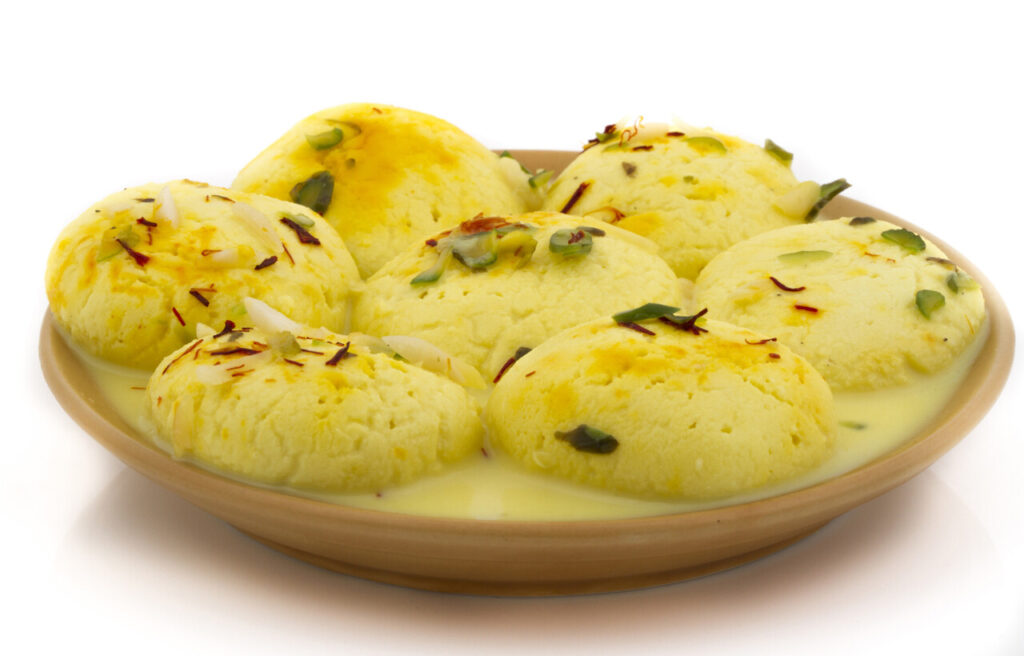
Rasmalai is elegance in a bowl. Soft paneer discs soaked in saffron- and cardamom-infused milk create a creamy dessert without being heavy. The flavor deepens as the rasmalai chills, allowing the milk to absorb into the paneer completely. Garnish with pistachios or almonds before serving for a touch of texture. It’s ideal for formal dinners or special occasions when you want something refined yet familiar. One spoonful of rasmalai can turn any meal into a memorable experience.
6. Gajar Ka Halwa
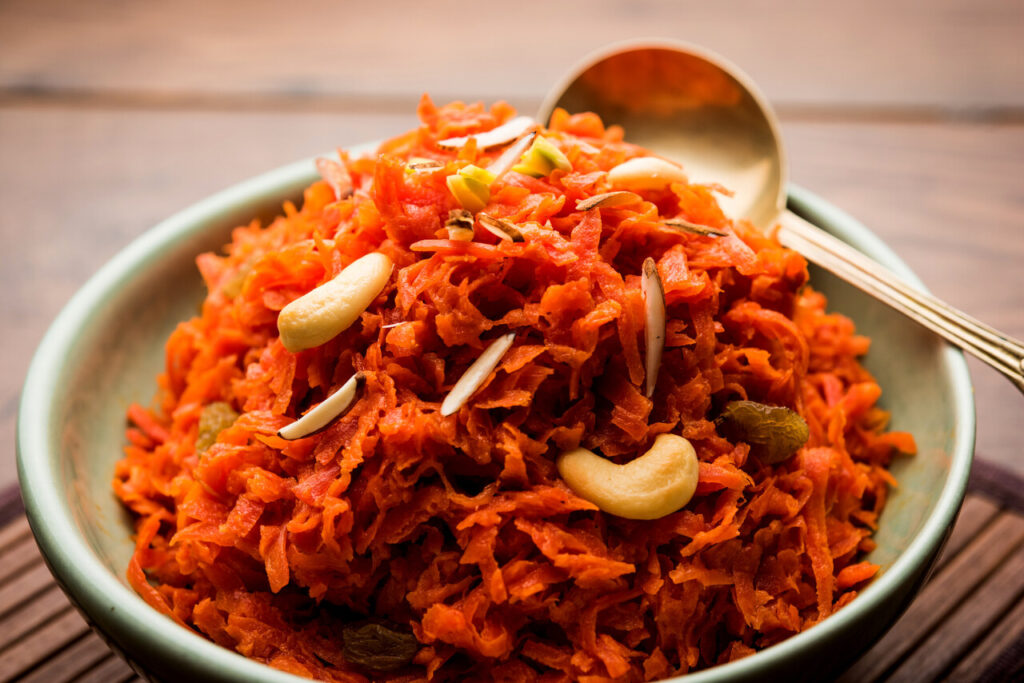
Made with grated carrots slowly cooked in milk, sugar, and ghee, gajar ka halwa is pure comfort. The slow-cooking process caramelizes the carrots, giving the dish a natural sweetness and deep flavor. It’s usually garnished with cashews and raisins for extra richness. Traditionally served warm during winter, it pairs beautifully with a scoop of vanilla ice cream. It’s a dessert that feels both homely and luxurious, something your guests will ask for seconds of without hesitation.
7. Sandesh
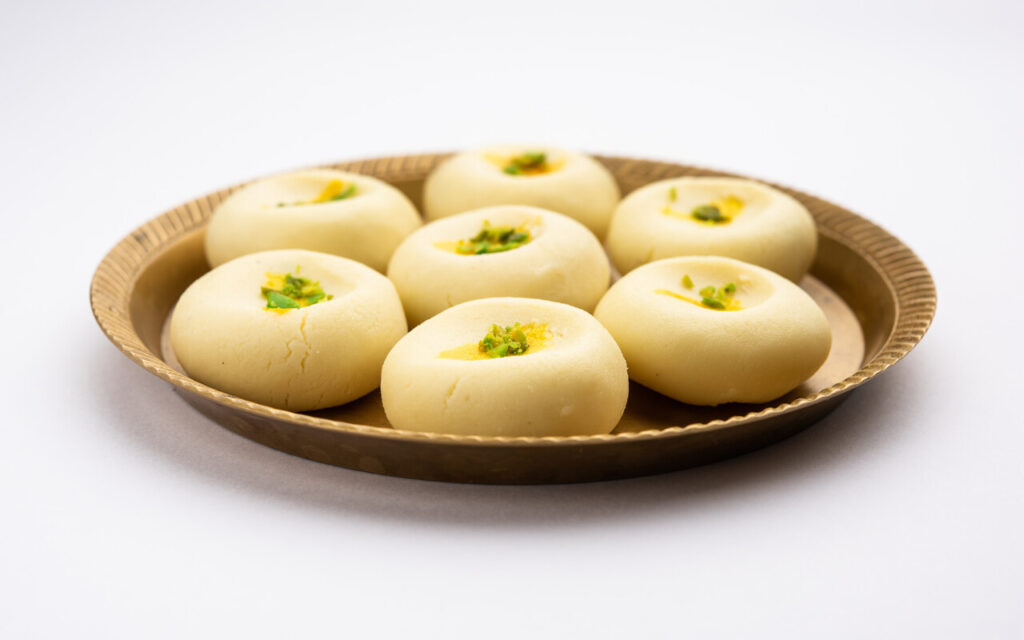
Sandesh is a Bengali delicacy that highlights simplicity and balance. Made from fresh chenna sweetened lightly with sugar or jaggery, it’s shaped into small discs or decorative molds. The texture is soft and creamy, with a hint of cardamom or saffron depending on preference. Unlike syrup-based sweets, sandesh feels lighter, which makes it a perfect ending to a rich meal. Serve it chilled, and you’ll find it refreshing, refined, and quietly impressive.
8. Mysore Pak
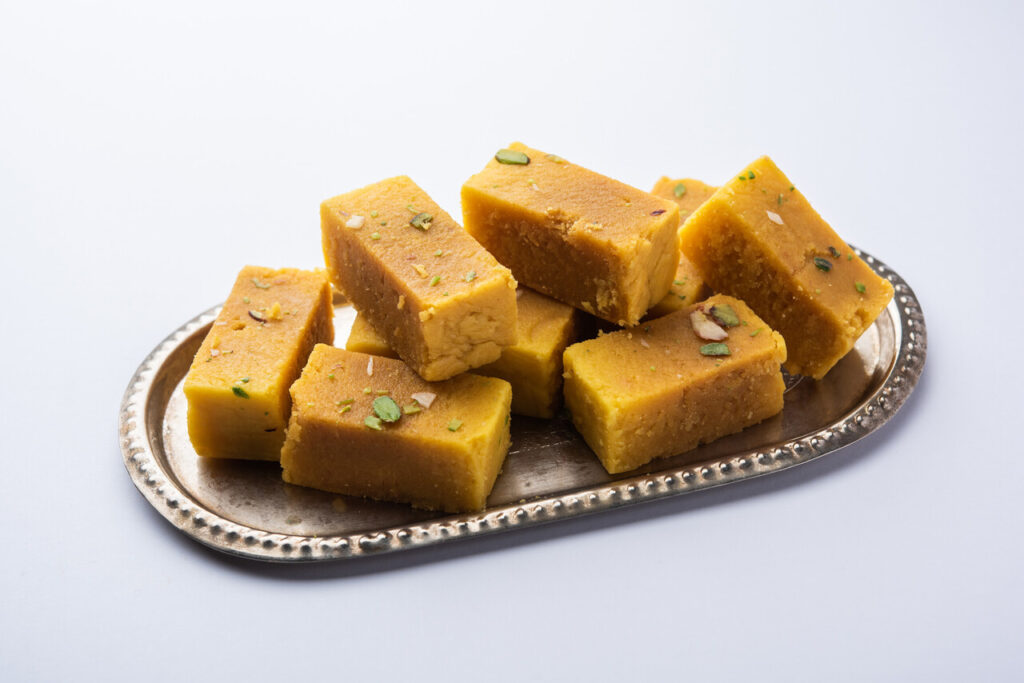
This South Indian sweet is all about ghee and precision. Made with gram flour, sugar, and generous amounts of ghee, Mysore Pak has a crumbly, melt-in-your-mouth texture that takes skill to perfect. The trick is in timing—pouring the right amount of ghee at the right moment while stirring continuously. When done correctly, the result is a golden, aromatic sweet that feels indulgent but not cloying. Serve small squares of Mysore Pak with coffee or tea for an authentic touch of tradition.
9. Payasam
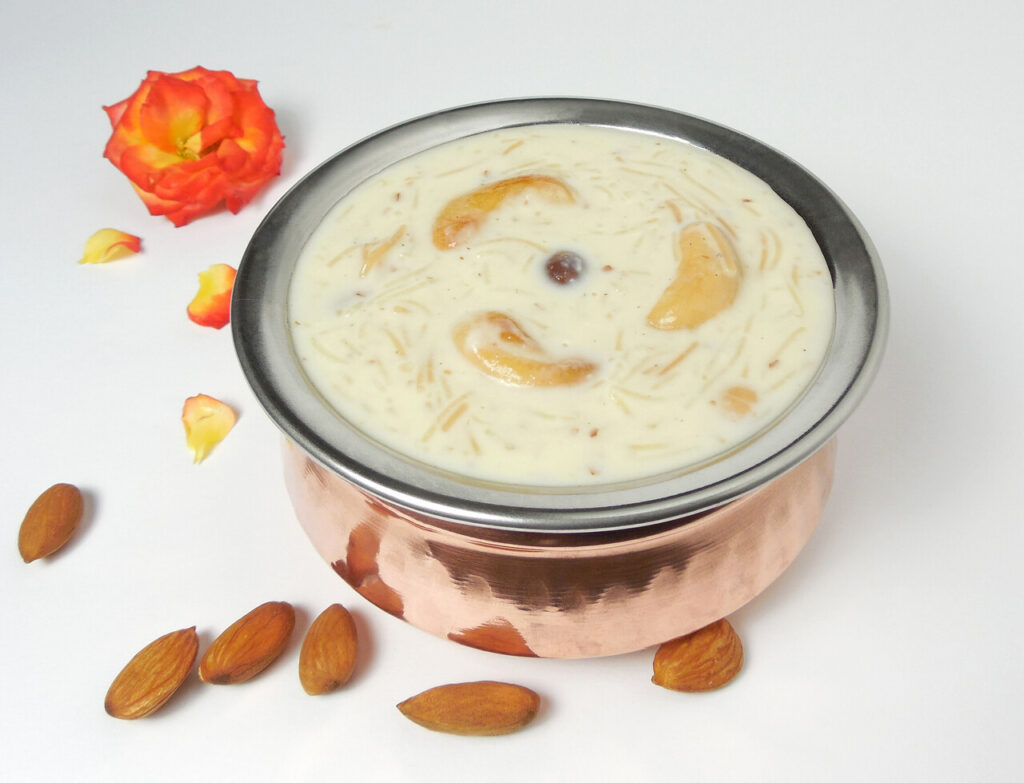
Payasam is the South Indian cousin of kheer, but it comes with its own charm. Typically made with vermicelli or lentils cooked in milk or coconut milk, it’s flavored with jaggery, cardamom, and ghee-roasted nuts. The flavor is richer and slightly nuttier compared to traditional kheer. You can serve it warm or cold, though warm payasam tends to highlight its comforting texture better. It’s often the centerpiece of festive feasts and never fails to make guests feel welcomed.
10. Shahi Tukda
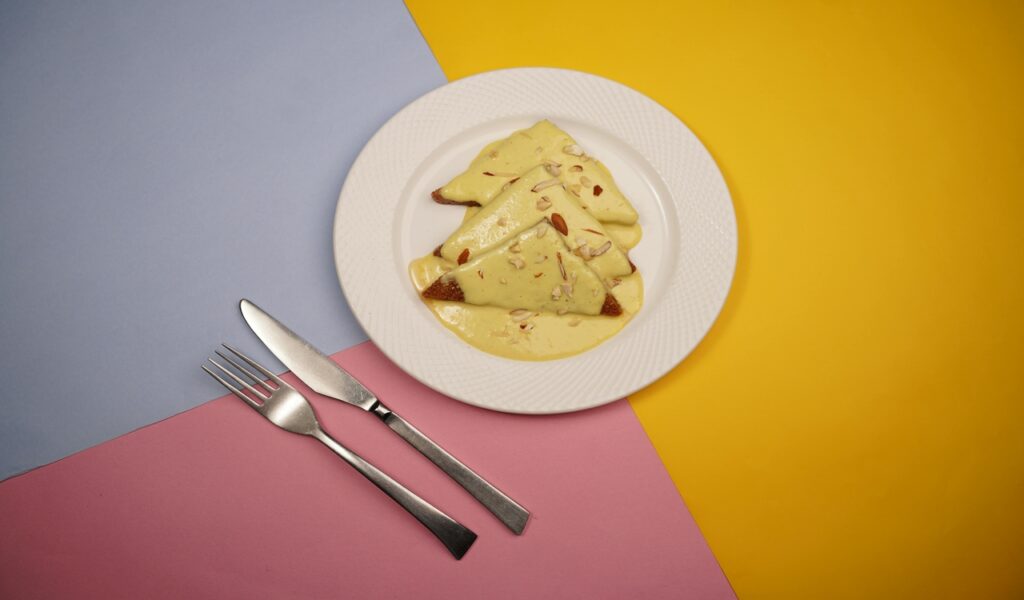
Shahi Tukda translates to “royal piece,” and the name fits perfectly. Made with fried bread soaked in saffron milk and topped with thickened rabri, it’s a rich dessert that combines crispness, cream, and fragrance all at once. Its roots trace back to Mughlai cuisine, where indulgence was an art form. Every bite brings a balance of sweetness, spice, and nostalgia. When you want to serve something grand without hours of prep, Shahi Tukda makes a lasting impression.


